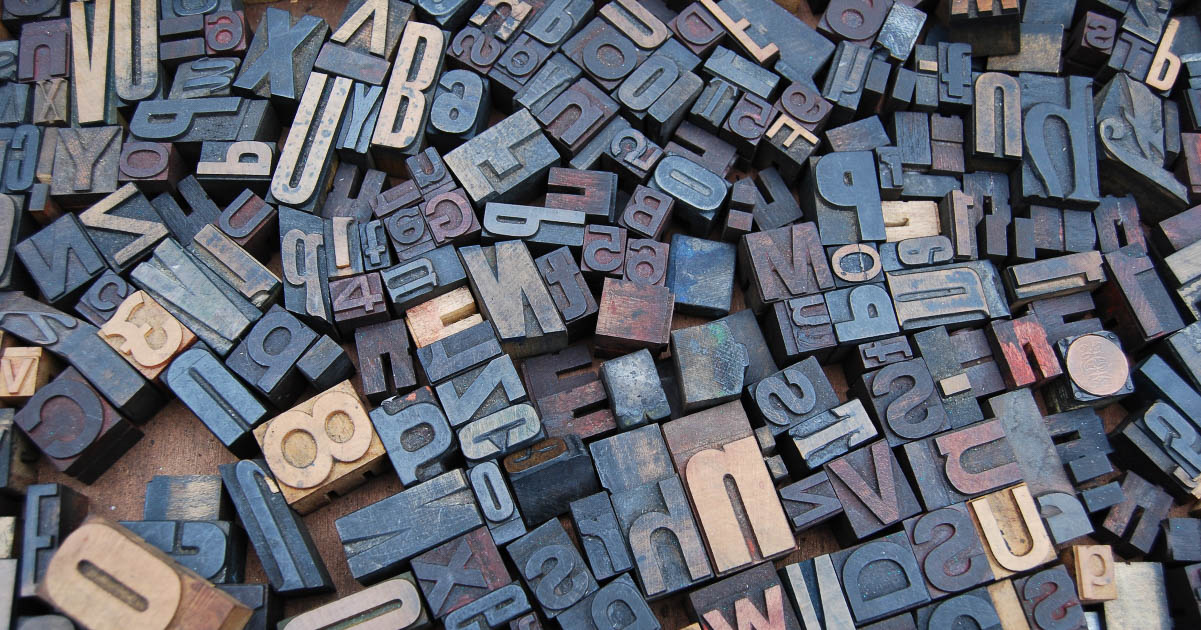
Punctuation in Other Languages (And Why It Matters for Proofreaders)
Proofreaders are (or should be!) familiar with how common punctuation marks are used in English. But punctuation marks and conventions differ between languages. As a result, when working with ESL clients, you might spot some unusual punctuation in a document.
If you do see non-English punctuation in a document, you will need to correct it or highlight the problem for your client. But what should you look out for on this count? This post covers a few key differences between English punctuation and punctuation in other languages.
Quotation Marks in Other Languages
In English, we use ‘single’ or “double” quotation marks to indicate speech or to quote text. However, there are many ways that other languages represent this type of punctuation.
One of the most common is using guillemets. These punctuation marks are used in French, Italian, Russian, and many other languages. They work similarly to English quotation marks at a basic level, enclosing dialogue or quotations within text:
« Le singe est sur la branche ! »
However, they also differ in some ways. For instance, French-language dialogue places dialogue tags identifying the speaker within guillemets, whereas these would go outside quotation marks in English. In addition, while English uses a new set of quotation marks to show a change of speaker, French indicates a change of speaker with a dash:
« Bonjour ! dit Eddie. Le gâteau ou la mort ?
— Gâteau, s’il vous plaît ! »
A native French speaker might therefore carry these conventions over into English-language writing if they were unfamiliar with the differences, which would require correction.
In languages like German and Danish, meanwhile, a different style of quotation marks are used. These use a lower double quotation mark to open quotations:
„Der Affe ist auf dem Ast!‟
Notice, too, that these marks face in the opposite direction to English quotation marks. As with guillemets, then, this punctuation style would need correcting in English writing.
Spacing in French-Language Writing
You may have noticed some extra spaces before and after punctuation marks in the French sentences above. This is because French uses a non-breaking space before quotation marks, question marks, exclamation points, colons, and semicolons (but not periods or commas).
This can be a hard habit to break when switching to English, so keep an eye out for extra spaces before these punctuation marks if your client has French as a first language.
Question Marks and Exclamation Points in Spanish
Unlike English, Spanish often uses the same sentence structure for statements and questions. As a result, Spanish writers will use an inverted question mark at the start of a sentence so that readers can immediately see that the sentence is a question:
¿Te gusta bailar?
This accompanies a regular question mark at the end of the sentence. The same applies to exclamation points, so an exclamatory sentence will start with a “¡” symbol.
Punctuating Numbers in Other Languages
In English, we tend to use a comma to separate groups of thousands in larger numbers and a point (i.e., a period symbol) to set apart the decimal part of a number.
However, these conventions are quite rare outside of English! In most European languages, these uses are reversed. You can see how this would work in French and German below:
| English | French/German |
| 2.5 | 2,5 |
| 2,500 | 2.500 |
| 2,500.50 | 2.500,50 |
In addition, many international standards and style guides suggest simply using a space between groups of thousands (e.g., “2 500 000” = “two and a half million”).
This makes it important to think about how numbers are punctuated in any document.
Proofreading for Punctuation
Above, we’ve touched on just a few languages and punctuation variations. And there are plenty more across the world! Luckily, most ESL writers adapt their punctuation style to match English-language conventions. You don’t therefore need to know how every punctuation mark is used in every language to work as a proofreader.
Nevertheless, if you see unusual punctuation in a document when working for an ESL client, you can look it up online to see if it helps you understand the intended usage. In turn, this might help you to make a correction (or suggest a helpful change in a comment). You can even offer advice or link to a helpful resource if you spot a repeated punctuation error.
Be careful, though! In some cases, “correcting” punctuation could introduce errors. Punctuation in numbers is a great example, as a space rather than a comma between groups of thousands might just indicate your client is writing for an international audience. And if the context doesn’t make it clear whether a number is large or small, it might even be difficult to tell the difference between a thousand separator and a decimal one.
As with any proofreading, then, make sure to take account of the context in which punctuation appears, and leave a comment for the client if anything is unclear.
Becoming A Proofreader
While knowing the conventions of punctuation in other languages is helpful for a proofreader, expertise in English-language punctuation is much more important! And to master that, all you need to do is take our Becoming A Proofreader course. Try it for free today!








Join the Conversation
Leave a Comment
Your email address will not be published.